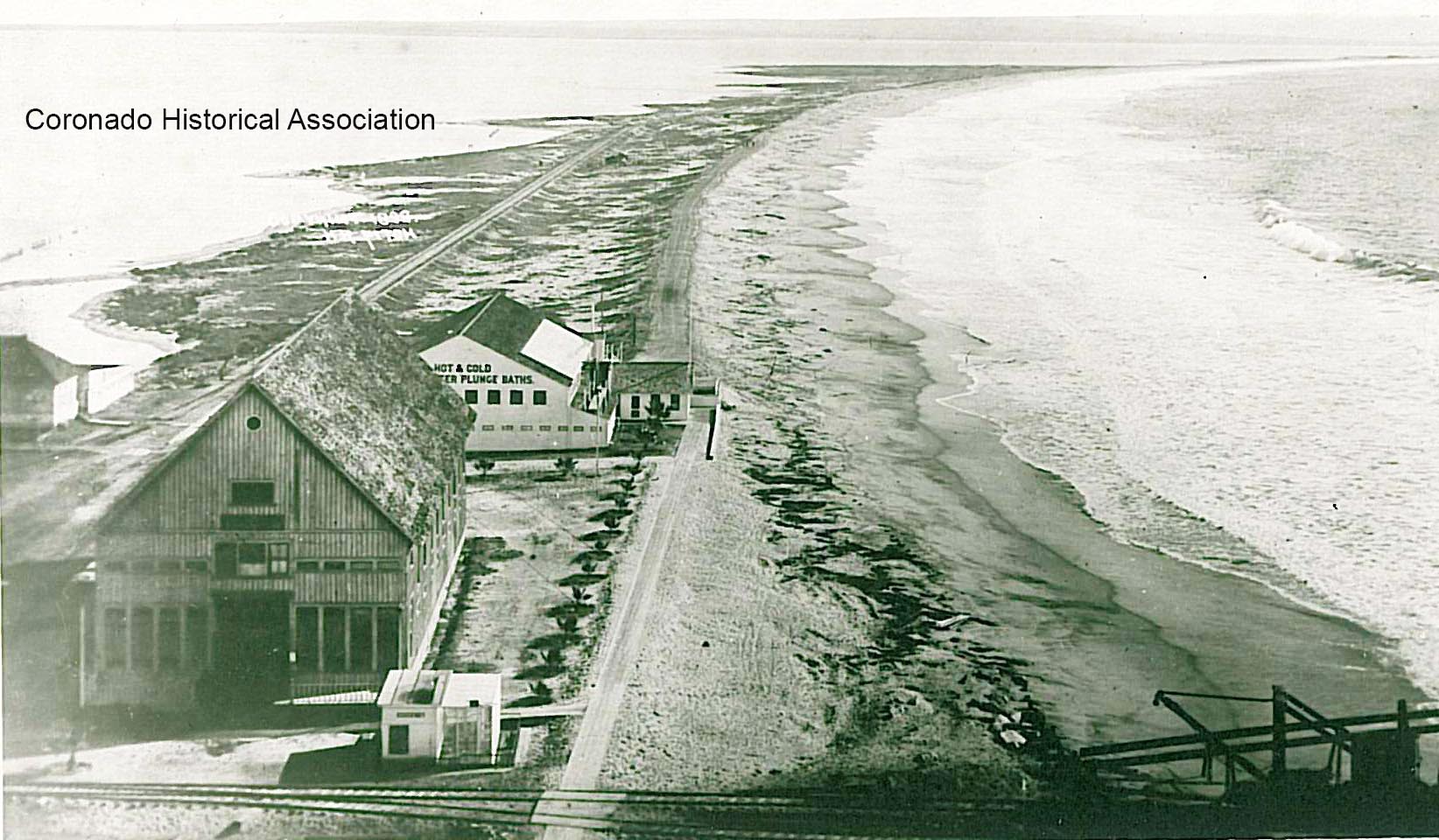
Another in a regular series of fascinating, intriguing, or thoughtful tales about people and places in Nado history — presented by your Coronado Historical Association
As absorbing and inspiring as it is, the current Coronado Museum of History & Art at 1100 Orange Avenue is not the city’s first museum. That honor goes to a surprisingly sophisticated museum founded in 1888: Ward’s Natural History Museum.
The story is a fascinating one.
The builders of the new Hotel del Coronado wanted a nifty attraction for new guests and were drawn to building a 150-foot long gallery for natural history, the entertainment rage of the day. Opening shortly after the hotel began service, the museum stood just south of the hotel, about where South Parking is today.
Local papers quickly labeled it as “the best museum on the coast,” for good reason, as the Coronado Beach Company purchased the museum’s collection from noted American naturalist Henry A. Ward. Ward, though frequent expeditions around the world, had collected an amazing array of materials that he then organized and sold to universities, museums, and individual collectors (believe it or not, you can still order “Ward’s Science” articles on the Internet). It took ten rail cars to ship the collection to Coronado from Rochester, New York.
The first item to catch the eye in the museum was a huge stuffed sea turtle hanging head-down from the high gabled peak of building, almost menacing in its presentation. The rest of the collection featured a potpourri of exhibit items covering the entire breadth of natural history. There was a skeleton of a 48-foot whale, fossils of prehistoric animals and plants, bones from a Siberian mammoth, a gold nugget, samples of minerals from around the world, stuffed wildlife, relief maps of Yosemite Valley and the Grand Canyon, a display about volcanoes, and pictures of sea life, birds and reptiles. Mr. John Ringen was curator; and hotel guests were wowed.
A “plus” for the museum was that it stood right next to the popular Bath House, so that when tourists headed out for beach activities, they also swung by the museum. Bath House services generally cost 5 cents each, the museum 10 cents.
In May 1888, the Coronado Evening Mercury reported that “the bath-house did a good business today, a large number taking a dip in the surf the number crossing over the bay was 934 Professor Ward has quite a force of carpenters at work in the museum building putting up cases and shelves.” Later in August of 1888, the mention was made that: “A turnstile has been put in at the museum to keep the crowd in check when there is a rush, like that usually occurring every Sunday afternoon.”
For reasons not entirely clear, the museum’s run lasted only two years, its doors were closed and the building dismantled in 1900 to make room for tents of Tent City. (BL)




